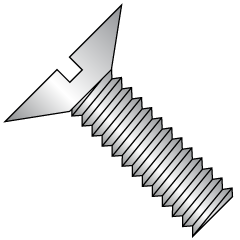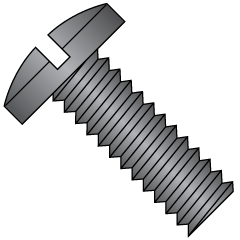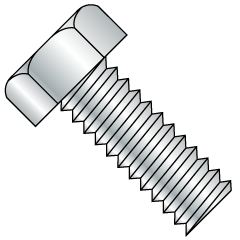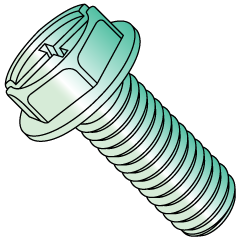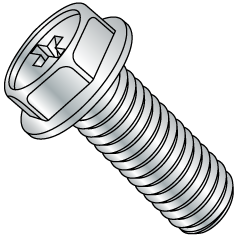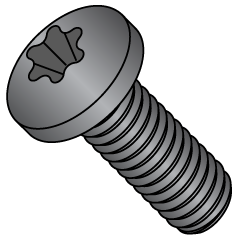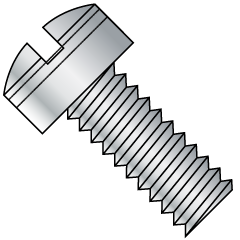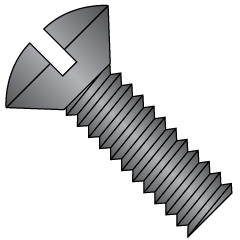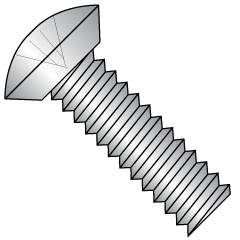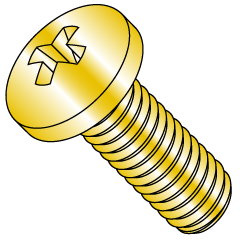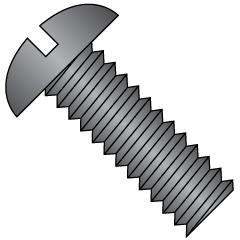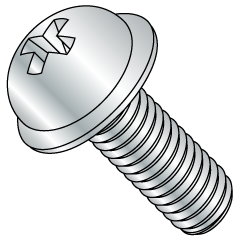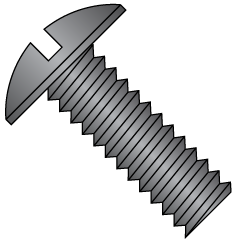Thread Gaging
Thread gaging is one method of testing the acceptability of machine screws, SEMS and nuts. It is possible that parts which are near a limit may be accepted by one type of gaging yet rejected by another. A product screw thread is considered acceptable when it passes any of the permissible gages in ASME B1.3, provided that those gages are within the tolerances specified in this standard.
Many commercial applications will accept a screw that, although may not pass a gage test, will accept a mating nut. It is important to know the customer’s requirements concerning thread quality when testing machine screw threads.
Go gages check either the maximum-material limit or size to assure interchangeable assembly of maximum-material mating parts.
NO GO gages inspect the functional diameter limit of product internal thread. In applying the NO GO gage, the functional diameter is acceptable when gaging elements do not pass the product thread. The NO GO gage can also indicate out-of-roundness of the pitch cylinder.
The gages are normally set to master gages with a range of calibration precision such as Class X (looser tolerance) or Class W (tighter tolerance). They are also set by technicians with slight variations in hand pressure. For these reasons, gage setting variability should be considered during thread inspection. Also, the NO GO gage can be confounded by undersized, error laden threads which in fact are undersized on pitch diameter but with helix, flank or similar out of tolerance conditions large enough to not enter the required number of turns.
FOR THESE REASONS, THREAD INSPECTION SHOULD CONSIDER GAGE AND OPERATOR VARIABILITY WHEN PASSING QUALITY JUDGEMENTS ON MACHINE SCREW THREAD QUALITY.


